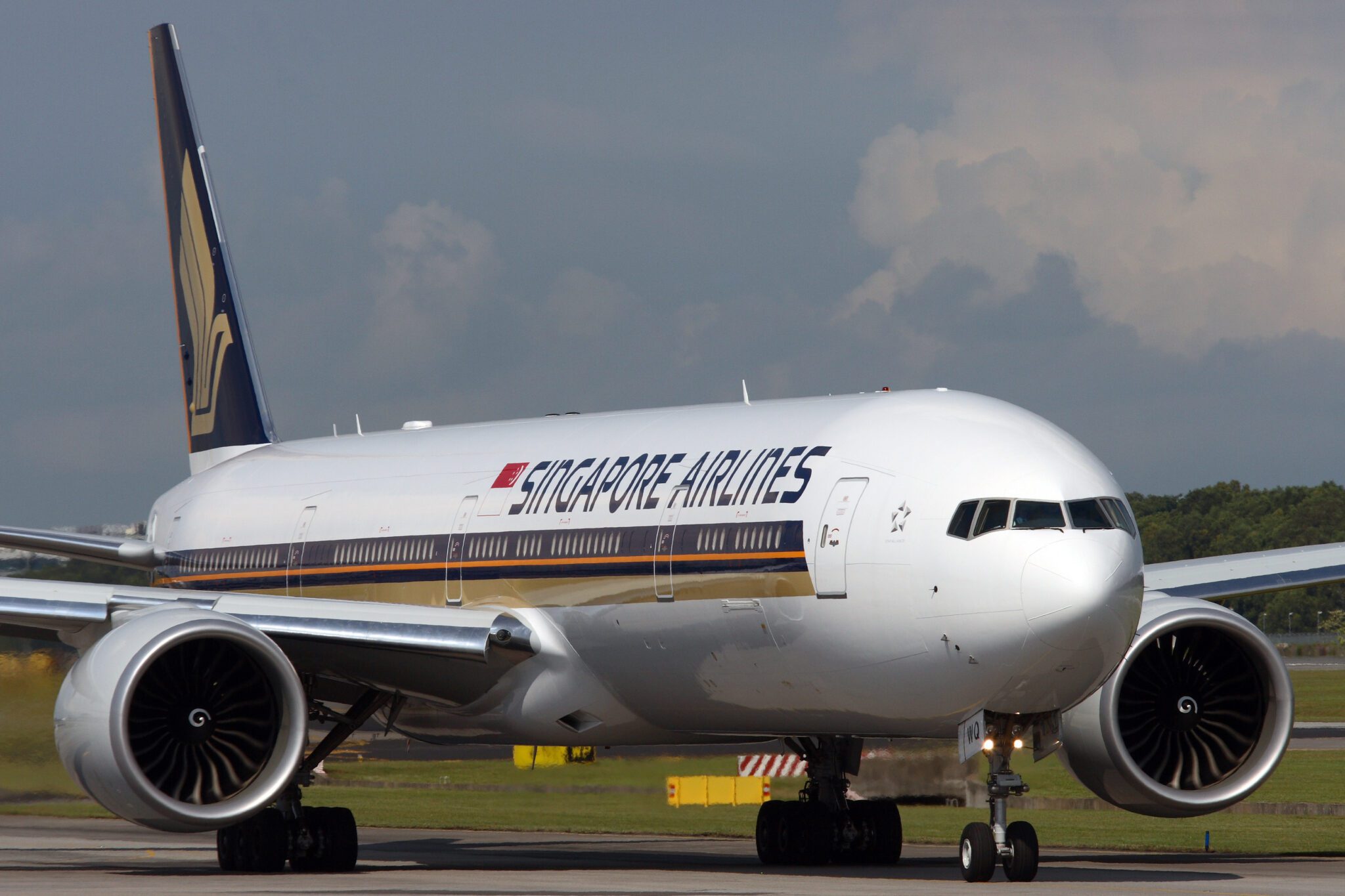Singapore Airlines Delivers a Masterclass in Crisis Communications — But it Wasn’t Always This Way

Skift Take
“Absolute terror.” That’s how one passenger described the events that unfolded onboard Singapore Airlines Flight SQ321 on Tuesday. The carrier said a Boeing 777, flying from London to Singapore hit "sudden extreme turbulence," over Myanmar.
One person died, and many more were injured, some seriously. Passengers reported seeing heads smashed into overhead panels with people “going completely horizontal” during the mid-flight plunge.
The flight crew made an emergency landing in the Thai capital Bangkok, where the plane landed safely. Investigations involving a range of international stakeholders have begun.
It’s an uneasy truth that even the best-run airlines can, and do, encounter tragedy. Singapore Airlines claims to be the world’s most awarded carrier, with a reputation for exceptional service and professionalism.
The company is so proud of its accolades that it updates a special section of its website listing the various prizes and awards it has won each month.
A Refreshingly Proactive Approach
With such a hard-fought reputation, Tuesday’s horror flight had the risk of damaging a highly polished brand, one that is emblematic of the well-tuned city-state it serves.
However, rather than attempting to bury the story, or minimizing its potential reach, Singapore Airlines has delivered a masterclass in media transparency. It has worked at speed and scale to counter the information vacuum that can befall such events.
The international mix of passengers has only intensified the global interest in the story. The airline says Flight SQ321 was carrying nationals from 17 different countries. This included 56 Australians, 47 Britons, 41 from Singapore, and 23 New Zealanders.
CEO Takes Center Stage
On Wednesday, as the incident continued to make headlines around the world, the challenging job of communicating the company line didn’t go to a PR underling. Instead, Goh Choon Phong, the chief executive of Singapore Airlines stepped up.
He took to social media in a three-minute video message and delivered the facts in an authoritative, but emotionally aware way.
“We are very sorry for the traumatic experience that everyone on board SQ321 went through. Please be assured that Singapore Airlines is here to support you during this difficult time,” said Goh.
Filmed in an office against a backdrop of computers, the message presented the airline and its leader professionally. It was controlled, but not robotic, with empathy threaded throughout. The clip was soon picked up by major news outlets, further increasing its reach.
Consistency and Clarity of Messaging
Goh’s video, posted on Wednesday morning, was the latest in a string of updates from the airline. Notably, these weren’t hidden away on a corporate communications page or in-person news conference but proactively shared across all of its primary social media platforms, including Facebook and X.
Each update is formally numbered, allowing users additional context and easy access to earlier announcements. Every message ends with an assurance that additional details will follow. Relatives seeking information are directed to country-specific toll-free telephone hotlines.
The airline’s first post on X about the incident has gathered more than 4.1 million views in less than 24 hours.
Meanwhile, in-person support has also been provided. A Singapore Airlines rapid response team was dispatched to Bangkok, while additional welfare provisions have been made at the carrier’s Changi Airport hub.
A Lesson Learned for Singapore Airlines?
This week’s display of greater transparency and media aptitude is in stark contrast to the company’s handling of an earlier tragedy.
On October 31, 2000, a Singapore Airlines Boeing 747 crashed into construction equipment on a closed runway. The disaster occurred as the jumbo jet attempted to take off from Taipei’s Taoyuan International Airport.

Credit: Wikimedia Commons/Taiwan Transportation Safety Board
Of the 179 passengers and crew onboard the flight to Los Angeles, 83 died and a further 71 were injured.
In what later became a notorious example of poor crisis communications, an airline spokesperson initially told the media that there were no fatalities.
Further comments from the carrier dismissed early speculation that its aircraft was on the wrong runway. The company later apologized.
Social Media: Friend and Foe
Much has changed since Singapore Airlines’ Taipei tragedy 24 years ago. Social media has become a communications asset to help airlines and other organizations relay critical details in a timely way. However, it can also be a breeding ground for feverish speculation and misinformation.
Airline trade body IATA acknowledges the huge pitfalls that can come with a botched crisis comms delivery. It notes that “delay or hesitation in response may seriously damage an organization's reputation and business.”
The association encourages its member airlines to “engage proactively with the news media and with other audiences on social media to show they handle the accident in the right way.”
The potential risks have led IATA to produce a 40-page ‘guidance document’ to educate and inform airlines on the importance of robust communication planning in the digital age.
Airlines Sector Stock Index Performance Year-to-Date
What am I looking at? The performance of airline sector stocks within the ST200. The index includes companies publicly traded across global markets including network carriers, low-cost carriers, and other related companies.
The Skift Travel 200 (ST200) combines the financial performance of nearly 200 travel companies worth more than a trillion dollars into a single number. See more airlines sector financial performance.





